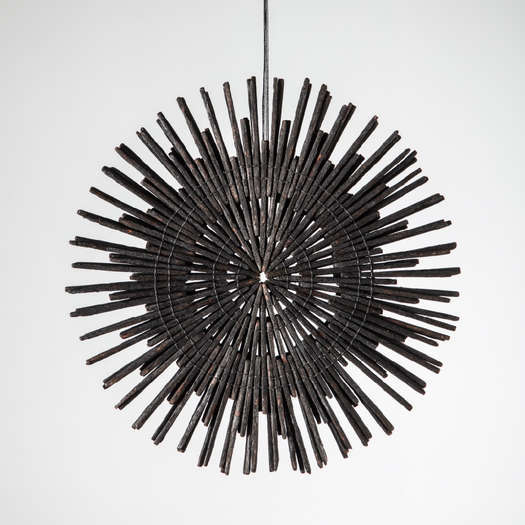AMBER CHAMBER (2017)
AMBER CHAMBER is a necklace project with amber as its overarching theme. The project rests on extensive research and is driven by a desire to integrate some of the many stories associated with amber and transmute them into form. My main focus was on the way in which amber is formed, including the aspect of time. The jewellery plays with familiar references to the clock, the pendulum and the hourglass – objects associated with time and the measurement of time.
There is something fairly abstract about the fact that amber is at least 20 million years old. As a result of the unique way in which amber is formed, changing from liquid resin to frozen ‘fossil’, nuggets of amber are ‘windows to the past’. It is not uncommon to find insects and plant pieces trapped and preserved in amber. Inside the amber, time is ‘frozen’, yet the nuggets will have changed hands and meaning many times over their millions-year-long existence.
I have been particularly interested in amber from ancient cultures and the ritual role it is believed to have played. Amber is often found in Neolithic graves and in large stone-age cult sites ringed by palisades. These cult sites have been referred to as ‘villages of the dead’ and probably played a key role in ancestor worship, which was widely practiced throughout northern Europe some 5000 years ago.








